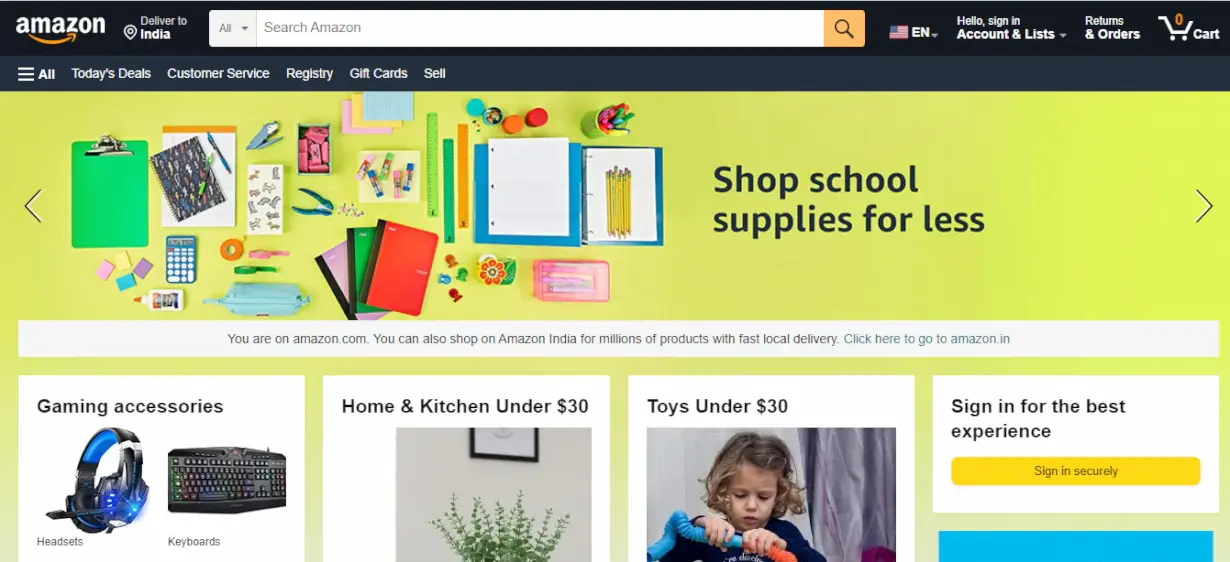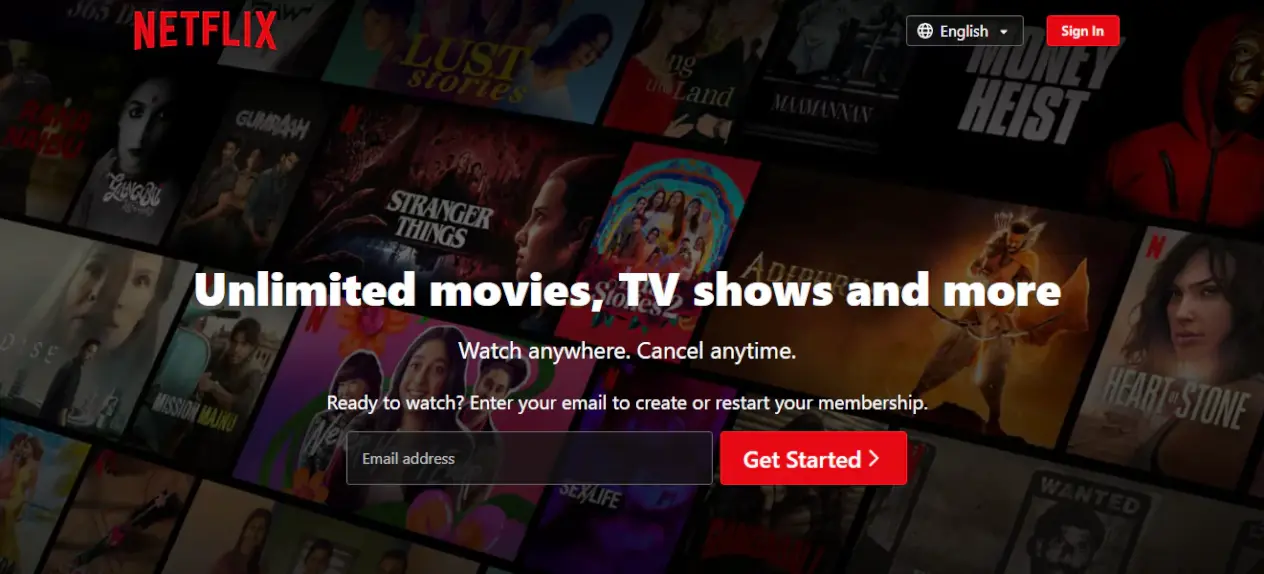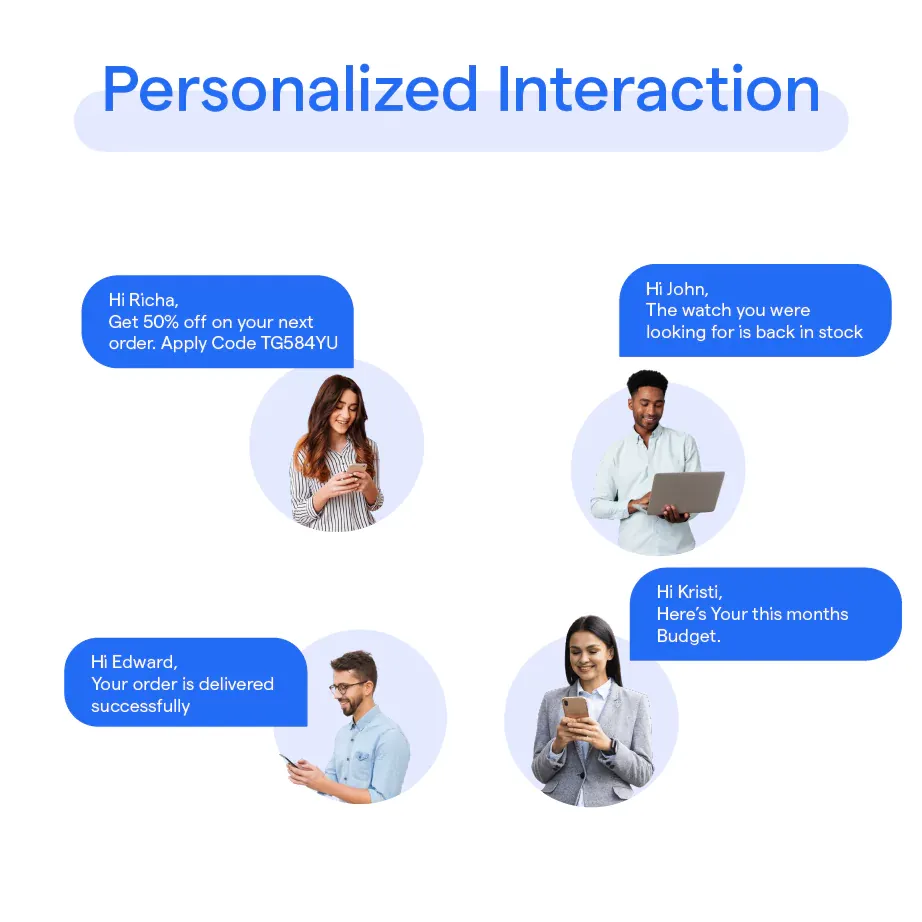What are Personalized Interactions?
Imagine walking into your favorite café and the barista remembers not only your name, but also your usual order. That familiarity, that personal touch is what personalized interactions are all about, except we're taking it into the digital realm.
Personalized interactions, in a business context, are about creating individualized relationships with customers or prospects based on their specific preferences, behaviors, and needs. It's designing a unique, tailored experience that makes the individual feel recognized and valued.
In the e-commerce world, this could translate to suggesting products based on a customer's past purchases or browsing history. For digital services, it could be presenting a custom tutorial that aligns with the user's skills and interests.
The end goal? To make the user's experience streamlined, intuitive, and highly engaging. This not only enhances the user experience but also fosters potent customer loyalty.
In email marketing, personalized interactions can mean addressing the recipient by their name and tailoring content to their interest areas. This approach has been proven to increase open and click-through rates.
So, personalized interactions are all about leveraging collected data to provide an experience that feels individually crafted, thereby boosting satisfaction and loyalty.
What is the importance of Personalized Interactions?
In this section, we'll delve into the crucial role that personalized interactions play in fostering strong relationships, enhancing customer satisfaction, and driving business growth.
Enhancement in Customer Relationships
Personalized interactions facilitate genuine connections, leading to stronger relationships. Customers appreciate being recognized as individuals, not mere numbers, which cultivates loyalty and long-term engagement.
Boosting Customer Satisfaction
When interactions are tailored to specific needs and preferences, customer satisfaction amplifies. Personalization makes customers feel valued, fulfilling their aspirations of receiving customized solutions and experience.
Improvement in Customer Retention
An environment enriched with personalized interaction enhances customer retention. When businesses understand and cater to customers' needs intimately, they're more likely to retain those customers and enjoy their continued patronage.
Increasing Business Revenues
Personalized interactions can contribute significantly to increased business revenues. With improved customer satisfaction and retention, there's a higher probability of cross-selling and up-selling opportunities, ultimately enhancing profitability.
Advancing Competitive Advantage
In a competitive marketplace, personalized interactions can provide a distinct advantage. Personalized service is a pivotal differentiator that can set a business apart, helping to attract and maintain a loyal customer base.
Facilitating Customer Advocacy
When customers feel valued through personalized interactions, they often become advocates for your business. These satisfied customers can become your strongest marketers, enthusiastically promoting your products or services to their networks.
Benefits of Personalized Interaction
In this section, we'll cover the numerous benefits that come with implementing personalized interactions in your business strategy.
Enhances Customer Experience
First and foremost, personalized interaction greatly enhances the user's experience. When customers feel understood and valued, their interaction becomes more enjoyable and satisfactory.
Boosts Customer Loyalty
Loyal customers are the backbone of a successful business. With personalized experiences, customers create deeper ties with your brand, fostering stronger loyalty over time.
Increases Conversion Rates
By tailoring interactions to the customers' preferences, businesses can significantly increase conversion rates. Customers are more likely to make a purchase when they feel the service or product aligns with their needs.
Improves Customer Engagement
Personalized interaction leads to a more engaged user base. Customized experiences grab the attention of users and encourage them to interact more with your brand, further deepening their engagement.
Streamlines Customer Support
Much like a barista remembering a customer's usual coffee order, personalized interactions provide opportunities to streamline customer support. By understanding unique customer issues, businesses can provide faster, more efficient support.
Heightens Brand Reputation
Last, but not least, personalized interactions not only cement customer loyalty but also uplift the overall brand reputation. When a business treats its customers as individuals, word travels fast, leading to a positive brand image and increased customer acquisition.
Strategies for Implementing Personalized Interaction
Unlocking the power of personalized interactions can greatly enhance customer experience and loyalty. In this section, we'll cover several strategies for effectively implementing personalized interactions.
Understanding your Customers
The first step towards personalization is to understand your customers deeply. This includes their preferences, buying behavior, demography, etc. Use data analytics tools and techniques to gather and analyze this data, thereby forming a solid foundation for personalized interactions.
Segmentation
Segment your customers based on various metrics like purchase history, preferences, or behavior patterns. Segmentation allows you to target each customer group with tailored interactions, ultimately adding a personal touch to your communication.
Personalized Communication
Use personalized messages to communicate with your customers as part of your marketing or customer service strategies. Address customers by their name, make references to their past interactions with your business, or provide tailored product recommendations based on their preferences or purchase history.
Omnichannel Personalization
Consider your customers' experiences across all channels used to interact with your company. Ensure each touchpoint offers a personalized experience, further enhancing overall customer satisfaction and fostering loyalty.
Utilize AI and Machine Learning

Leverage AI and machine learning technologies to automate and enhance personalization. AI-enabled chatbots, for instance, can deliver an individualized user experience at scale, simple machine learning algorithms can sift through data to provide personalized product recommendations.
Test, Learn, and Improve
Following the implementation of your personalized interactions, you should analyze how your customers respond to them. Use metrics like customer engagement, sales, or satisfaction levels to assess the effectiveness of your personalization strategies. Based on your analysis findings, make necessary improvements and keep refining your strategies for better results.
Examples of Personalized Interaction in Different Industries
In this section, let's dive into the practical side of personalized interactions, with examples spanning across different industries.
E-Commerce: Amazon

Amazon excels in personalized experiences. From the moment you log in, everything from the product recommendations to the targeted ads are tailored based on your browsing history and past purchases.
Streaming: Netflix

Who hasn't seen "Because you watched..." recommendation on Netflix? This streaming giant utilizes viewers' watching history and preferences to suggest shows and movies, providing a highly personalized experience.
Banking: ING
ING Direct's app tailors its interface based on individual clients' interaction history. The app learns from the tasks a user frequently performs and foregrounds those functions for future ease of use.
Fitness: Peloton
The popular fitness platform, Peloton, provides personalized workout recommendations based on its users' past workout history, preference, and performance data.
Food Services: Starbucks
Starbucks mobile app offers personalized discounts based on past purchases. Whether it’s your favorite latte or a new menu item you might enjoy, Starbucks elevates the ordering process with a personal touch.
Travel: Airbnb
Airbnb's personalized emails filled with tailored suggestions for destinations, homes, experiences are backed by users' previous searches and bookings. This effective approach fuels wanderlust in a very personal way.
Best Practices for Personalized Interaction
Fostering personalized interactions can significantly increase customer satisfaction and loyalty. In this section, we'll discuss several best practices to optimize the effectiveness of these personalized interactions.
Use Real-Time Data
Utilizing real-time customer data can make your interactions more personalized and timely. This practice enables you to provide customers with immediate, relevant engagement based on their current actions or needs.
Respect Privacy
While personalization requires knowledge about the customer, it's important to respect their privacy. Ensure you collect and use data ethically, always seeking the customer's consent and adhering to the relevant laws and regulations.
Provide Value
Every personalized interaction must provide some value to your customers. Whether it's a solution, suggestion, or a simple acknowledgement of their preferences, make your personalized interactions purposeful and relevant.
Leverage AI and ML
Artificial intelligence (AI) and machine learning (ML) can be particularly effective at handling large-scale personalization. Utilize these technologies to sift through large datasets and deliver personalized content, recommendations, or interactions to your customers.
Personalize Across All Customer Touchpoints
Ensure that personalization is consistent across all customer touchpoints. Each interaction, no matter which channel it takes place in, should convey a sense of personalized engagement.
Keep Improving
Always be open to analyzing and improving your personalization approach. Regularly assess your strategy's effectiveness through customer feedback and key performance indicators. Use these insights to make improvements and ensure that your personalization efforts continue to meet your customers' evolving preferences and needs.
Frequently Asked Questions (FAQs)
What is Personalized Interaction?
Personalized interaction refers to the customization of user experience based on user data to meet their individual needs, preferences, and behaviors.
Why is Personalized Interaction essential for businesses?
Personalized interaction increases user engagement, enhances satisfaction and loyalty, and drives revenue and growth for businesses.
What are the benefits of Personalized Interaction for users?
Benefits for users include improved experiences, easier access to what they need, and a sense of being valued.
What are the best practices for Personalized Interaction implementation?
Using user data ethically, providing customization options, and using personalization techniques such as dynamic content are some of the best practices for personalized interaction implementation.
What tools and technologies are used for Personalized Interaction?
Tracking software, AI, and machine learning tools help businesses to track and understand user behavior and create highly customized experiences.

